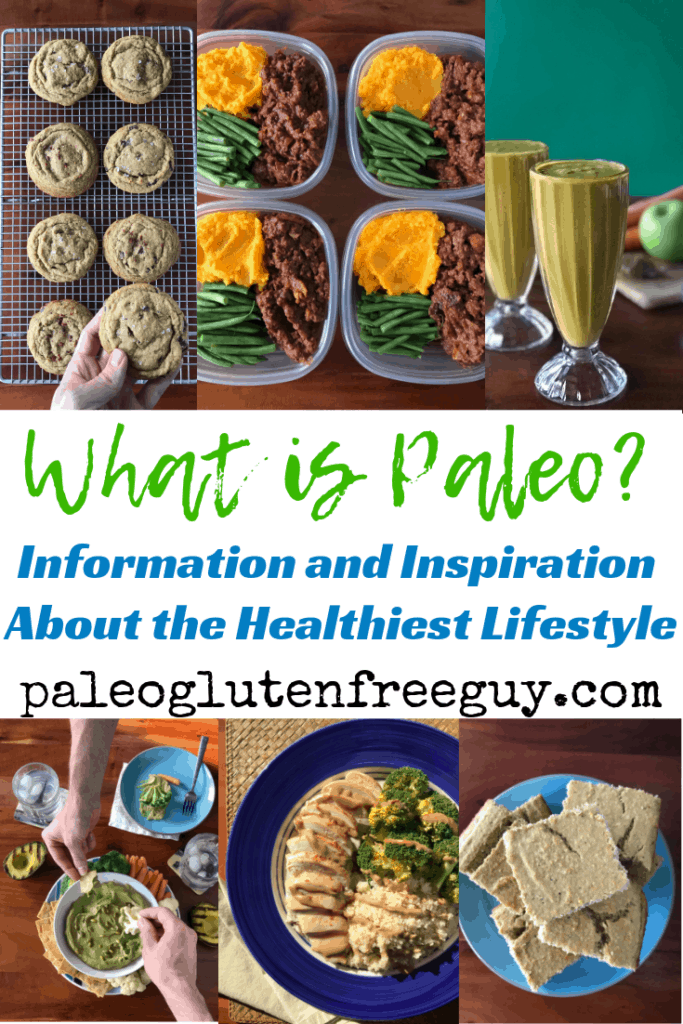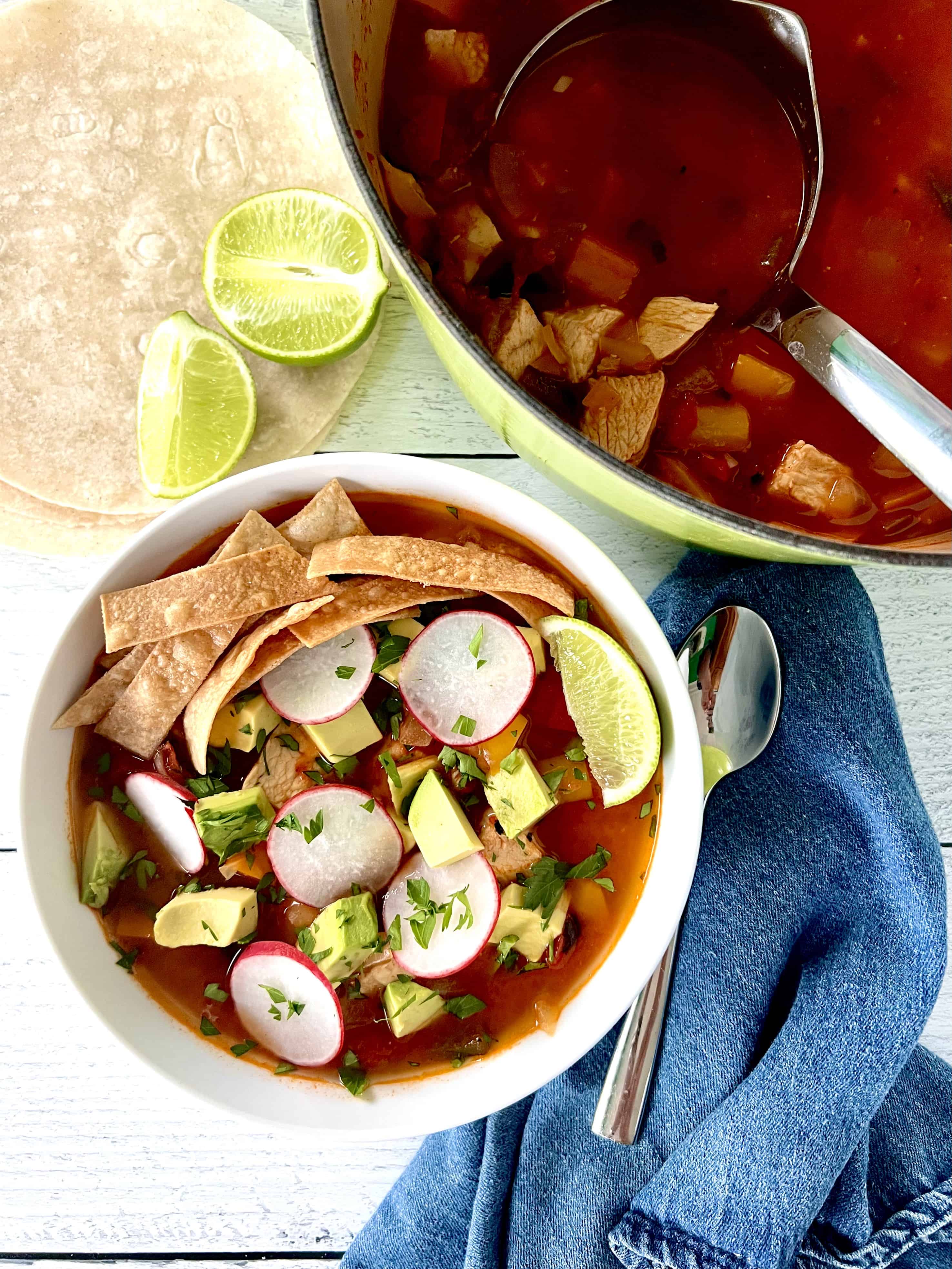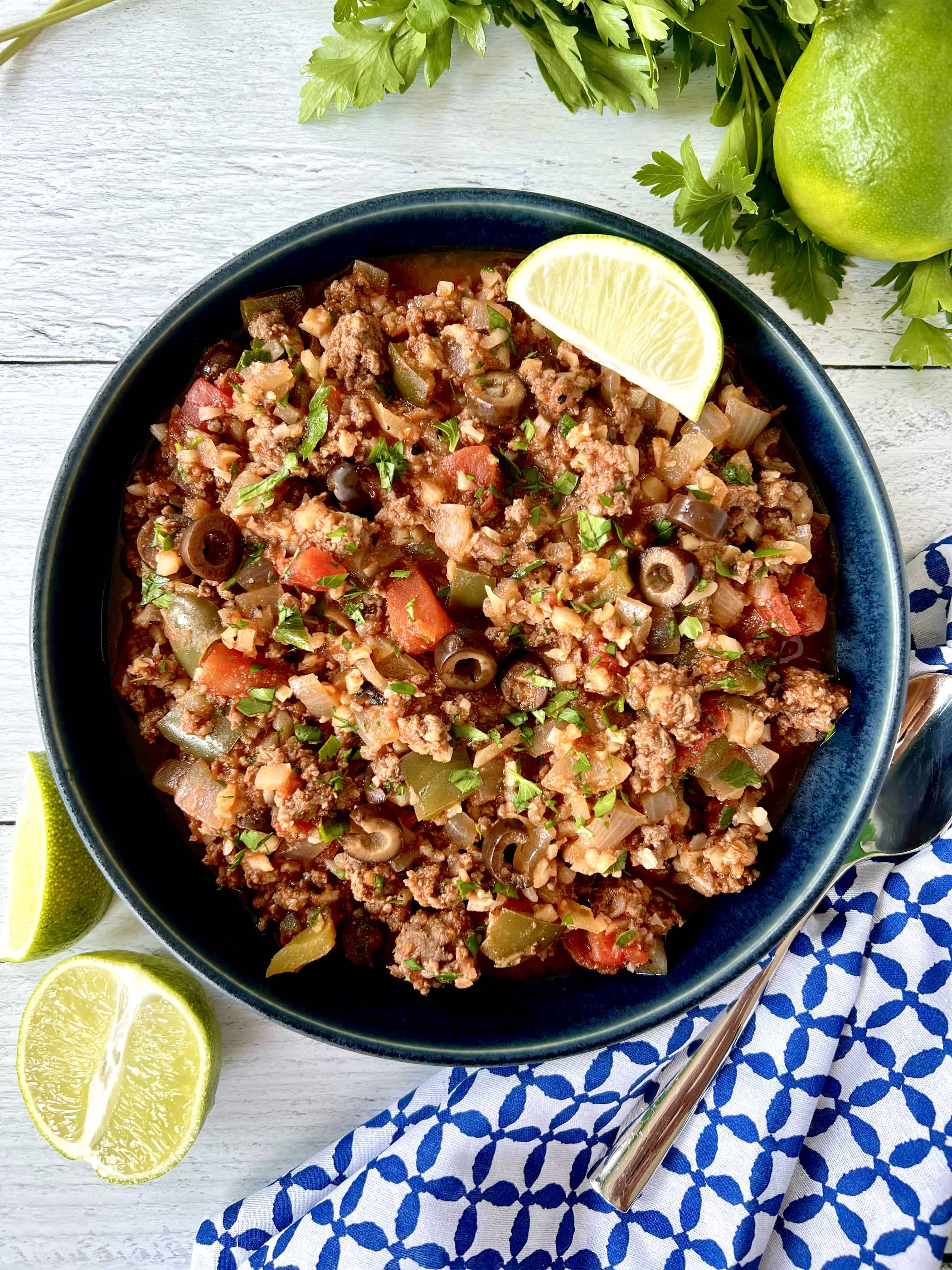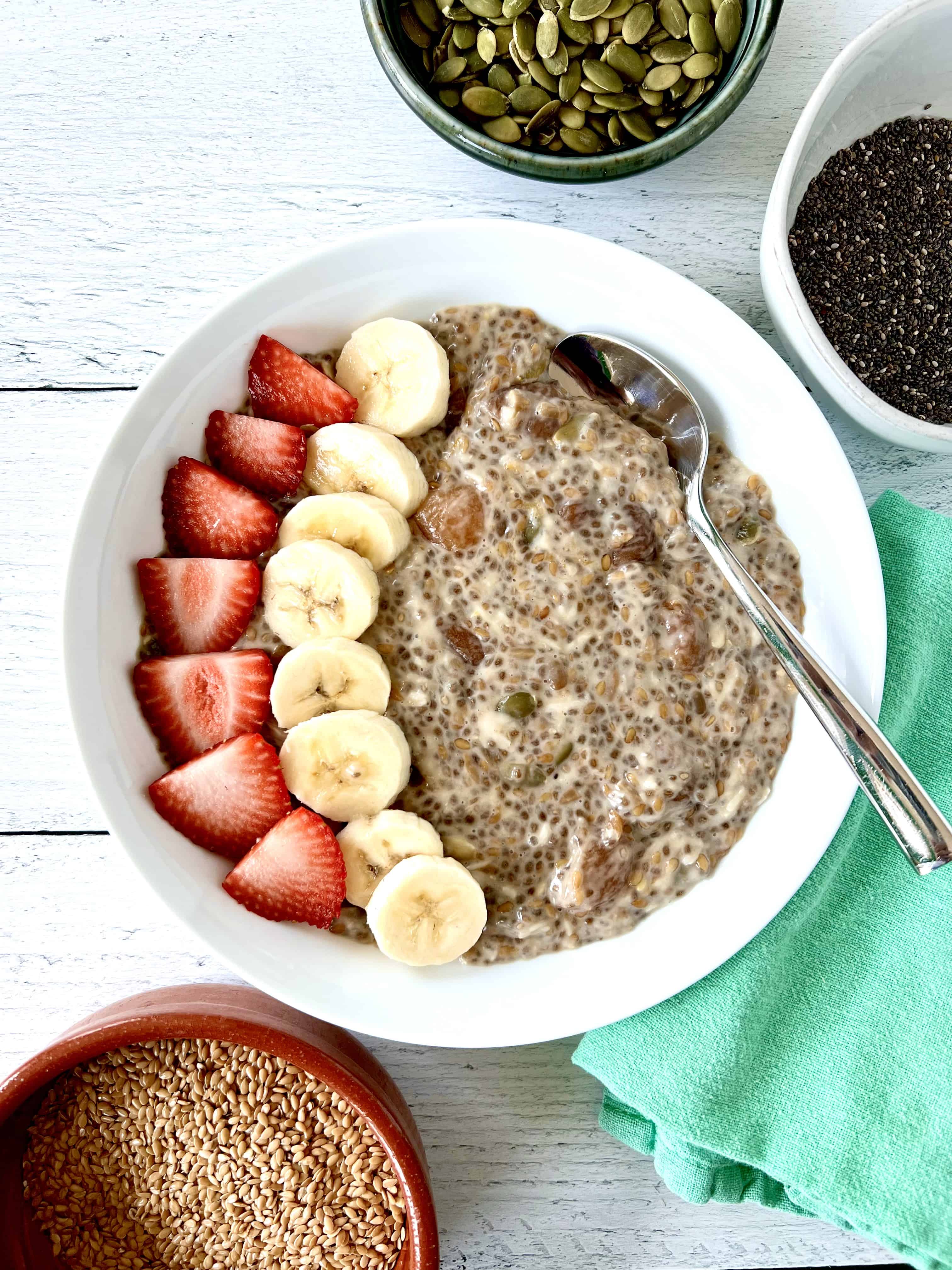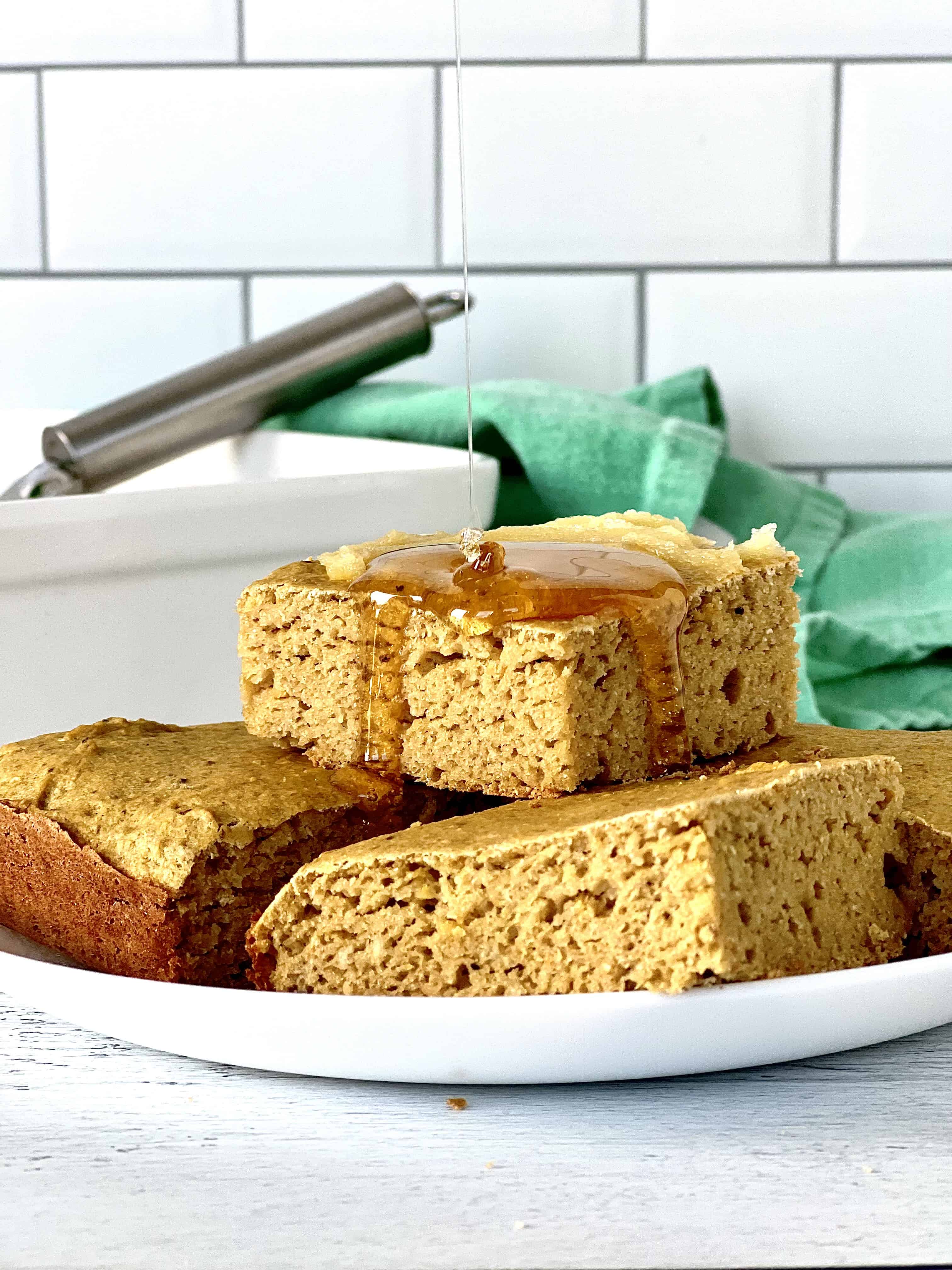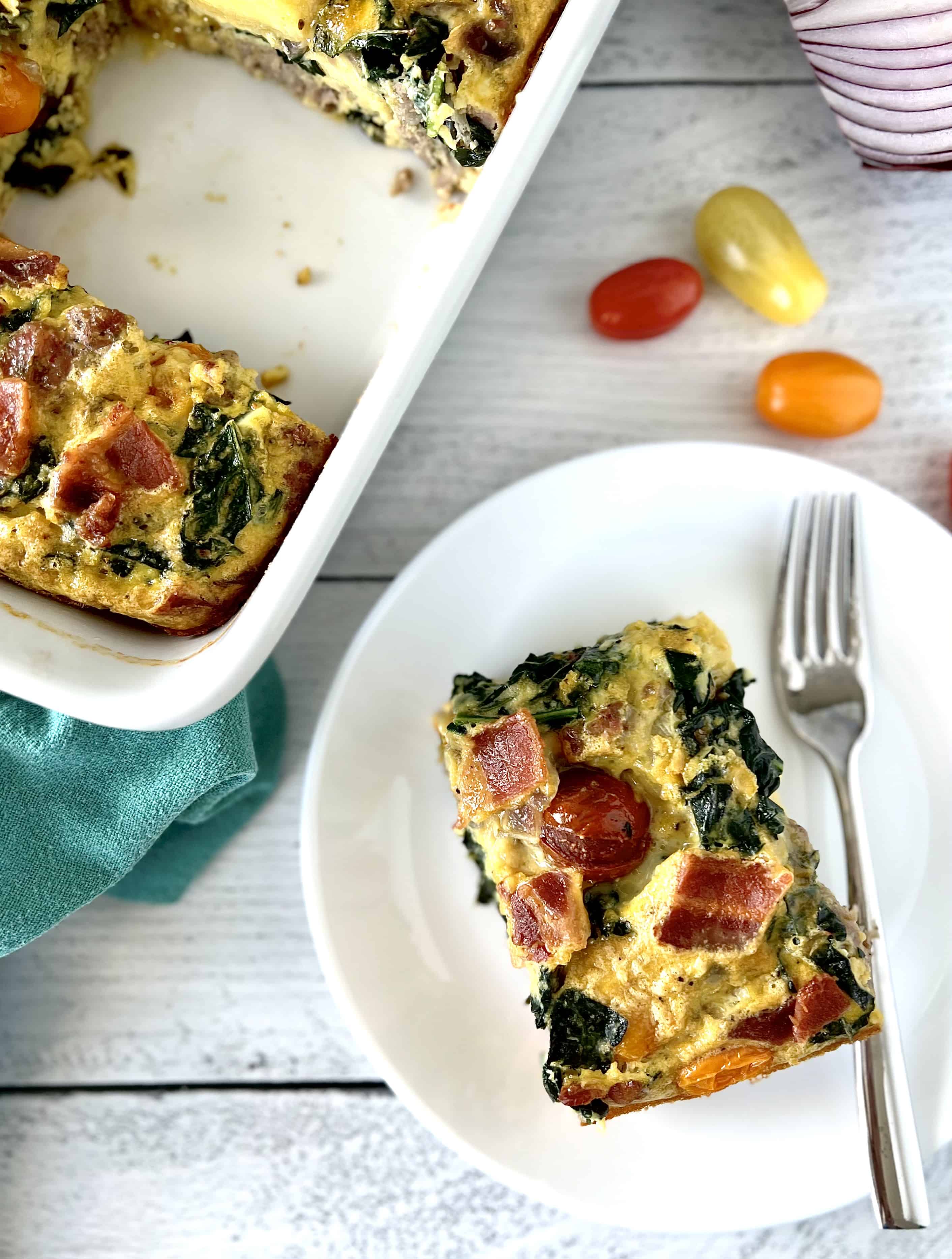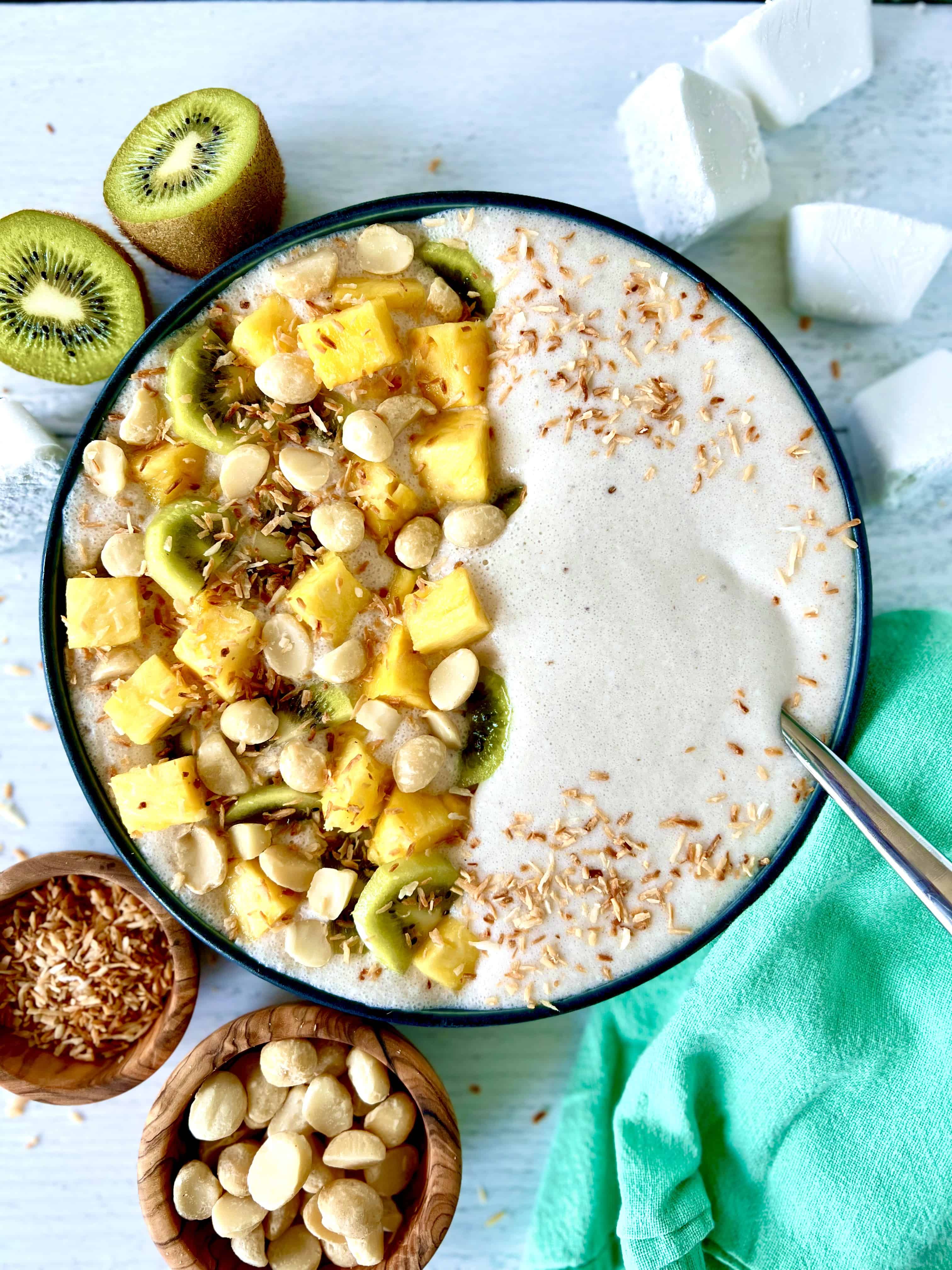Have you wondered, ‘What is a Paleo diet?’
Maybe you’ve heard about how much better people feel when they start it.
Or you’re interested in weight loss or managing a sickness or autoimmune problem.
Maybe you’ve already gone gluten-free and feel that it’s not enough.
Well, then keep reading to learn about the many benefits of the Paleo diet, how to incorporate it into your life, plus more inspiration and resources.
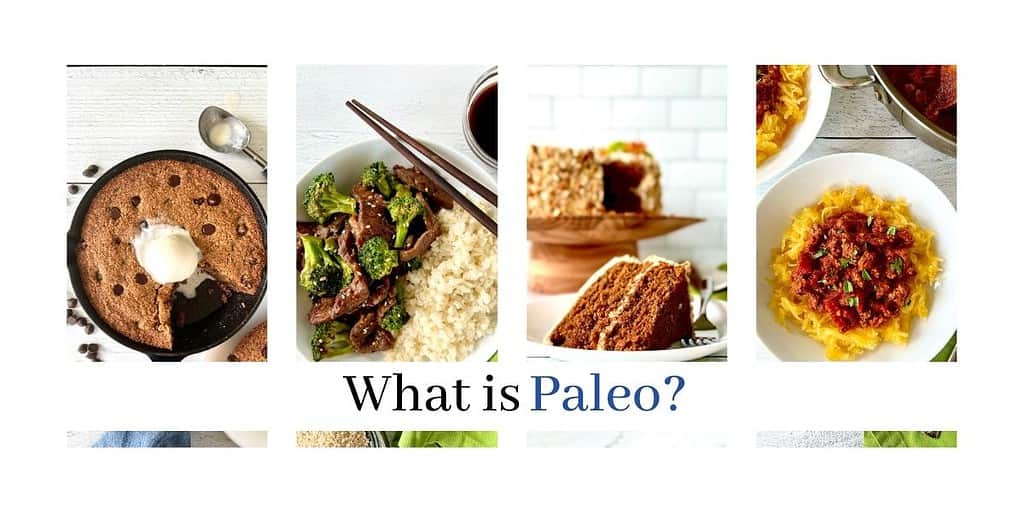
(As an Amazon Associate, I earn from qualifying purchases.Some of the links on this page may be affiliate links. If you purchase a product through an affiliate link, I’ll automatically receive a small commission at no additional cost to you.)
The Paleo diet
The Paleo “diet” (I hate that word, but let’s go with it for now) emphasizes whole foods that maximize physical and mental health.
A lot of the Paleo diet is based on evidence that humans pre-agriculture (the Paleolithic era) were much healthier than those post-agriculture. Bodies that were big and strong became smaller, bones became more brittle and teeth deteriorated (a key indicator of overall health).
So because we’re using humans from the Paleolithic era as our guide for health, this came to be known as the Paleo diet.
To be clear: it’s not about perfect historical reenactment. We don’t have to kill our own animals or gather all our own plants.
We’re aiming for optimal health, not authenticity points from some imaginary Paleo judge. After all, we’re both reading this on a computer using the internet. Historical reenactment isn’t even an option.
This is a baseline, a guide to help us live our best lives.
What can you eat on a Paleo diet?
Put simply, what you can eat on a Paleo diet includes:
- proteins such as meat, seafood and eggs
- vegetables and fruits
- healthy fats
I realize this list is pretty small, which can make Paleo seem pretty limited and boring. But when you think about each of these categories, it becomes much more interesting:
Protein
chicken, pork, beef, bison, venison, lamb, turkey, rabbit, duck, goose, salmon, whitefish, shrimp, scallops, lobster, crab, tuna, anchovies, sardines, chicken eggs, duck eggs and more
Fruits and Veggies
I can’t even list all veggies and fruits here because it would make this post longer than the line at an all-you-can-eat buffet, but I trust that you know there are dozens upon dozens of varieties
Healthy Fats
avocado, avocado oil, all nuts (except peanuts), nut butters, nut milks, nut oils, olives, olive oil, coconut oil, coconut butter, coconut milk, shredded/flaked coconut, ghee, palm oil, palm shortening, lard, tallow, bacon fat, schmaltz, goose fat, duck fat and more
What is not included in a Paleo diet?
Now let’s get to the hard part – what foods to cut out.
Above I said we want food that optimizes health. So this means the Paleo diet eliminates foods – yes, even some “whole” ones – that work against us:
- all grains, both with and without gluten
- dairy
- legumes, including soy and peanuts
- vegetable seed oils like canola and safflower
- refined sugar
Yes, some of these foods have benefits like fiber, protein, etc., but
- they often come with negative side effects that aren’t worth it
- they contain anti-nutrients that bind to those nutrients so your body doesn’t absorb them anyway
- if you want to mitigate some of their negative qualities, the high-maintenance preparation (soaking beans for hours or days, rinsing, fermenting, etc.) means that you might as well stick with food that already provides the good stuff without all the bad stuff.
- side effects include inflammation, bloating, foggy brain, weakness, lack of nutrients and, for those with diseases such as Celiac or Crohn’s, much worse.
There are many, many people smarter than me who explain the science behind these issues better than I can. I suggest starting here:
Grains:
“The Truth About Grains and Inflammation”
You might be thinking, “But humans have been eating grains for thousands of years!” Sure, but even that is a small blip in the course of human history.
Relatively speaking, grains are pretty new for us and studies keep leading to the conclusion that maybe they’re not so great after all.
Dairy:
“Is Dairy Bad For You? Separating Myth From Fact”
As this article discusses, dairy is not unequivocally bad. However, it’s usually not the best choice for optimal health, either.
Legumes:
Much like dairy, legumes aren’t all bad. But when you weigh the pros and cons, they’re not essential and often not worth it.
Vegetable oils:
“Is Vegetable Oil Bad For You? 3 Top Health Concerns + What To Swap It With”
For optimal health, vegetable and seed oils (corn, soybean, safflower, etc.) are not great choices.
Instead, refer to the list of healthy fats above for substitution ideas.
Refined sugar:
The negative health effects of refined sugar have been documented for years now. Americans consume way too much of it. It’s become a major problem in our country. Reducing our intake of it or avoiding it altogether is a clear method for improving health.
I discuss more about nutrients in the Paleo diet in this article.
Do I have to eat salads or chicken breasts and broccoli every day?
Nope!
I’ve been obsessed with food my whole adult life. I’ve been cooking and baking for over twenty years. There’s no way I could make myself choke down a plain chicken breast every day.
All those proteins listed up there?
They come in many forms (whole, ground, steaks, chops, legs, ribs, bacon, shoulders, wings, sausages, etc.)…
and can be cooked many ways (searing, sautéing, roasting, grilling, broiling, braising, smoking)…
…for tons of options.
Same with all those veggies.
A head of cabbage can be raw for coleslaw, sliced thick and roasted, or sautéed with apples and bacon.
Butternut squash can be steamed, roasted, mashed, riced, shredded or spiralized into noodles.
And let’s not forget herbs and spices, both fresh and dried, plus sauces, marinades, gravies, garnishes and more.
And like I said, Paleo is just a guide for optimal health. But everyone is different and context also plays a role in how and what we eat.
I know I just cannot physically tolerate gluten in any form, but I can handle small amounts of sugar and dairy, so I don’t worry if I order something at a restaurant that comes with a sauce made with dairy. I occasionally order a creme brulee, enjoy it and know that I probably shouldn’t eat too much dairy the next day just so I don’t overdo it (or my stomach will remind me that I did).
I also know I tolerate corn so you’ll sometimes see recipes here with it as an ingredient, as I still eat polenta or cornbread every once in a while.
And, as much as I like spiralized vegetables, I do get cravings for “real” pasta, so I’ll cook up a batch of gluten-free noodles.
I eat these with the knowledge that they’re not the best choices for my health so they’re only occasional events, but they do satisfy cravings and make me happy, and that counts towards good health, too.
Paleo vs. keto
How is this different from the “keto” diet?
The keto diet is a high-fat, low-carb diet that gets really specific about your ratio of fat, protein and carbs so your body starts using fat as its primary energy source.
I’ve never tried it myself but you can learn more about it, and how it’s different from Paleo, here.
Additional resources
All right, I’m interested but I’m not sure I’m really able to commit. What else ya got?
I totally get it. For more information, here are resources I turn to:
Books
Websites
Recipes
The Paleo Solution by Robb Wolf
Practically Paleo by Diane Sanfilippo
Whole30 – The website for the 30-day elimination diet to really find out how foods affect you, this place is packed with science and info to help make the most informed decisions.
For recipe inspiration, take a look at my recipe index, such as my 3-Ingredient Curried Sweet Potato Soup or Everything Bagel Frittata.
And here are some other Paleo bloggers and writers that I love:
For recommendations for Paleo-friendly ingredients, products and snacks, head here.
Wow. My brain hurts.
Yeah, sorry about that.
This is a lot of information to throw at you. It might be overwhelming.
You have to take this on like anything else, by breaking it down into more manageable pieces.
Try it with your next meal. Is that dinner? Replace the rice or dinner roll with a baked potato or nuked frozen cauliflower rice drizzled with ghee.
Is it breakfast? Drop the toast for a roasted sweet potato cooked the day before and eaten cold (it’ll taste like sweet potato pie filling, I swear) or some sautéed greens.
Is it lunch at work? If your options are limited to a salad bar, skip the croutons and add healthy fats like avocado or olives and extra protein if you can.
Every meal might not be perfect and that’s okay.
Just take it one meal at a time.
We only get one body in this lifetime. Let’s treat it well and enjoy life at the same time.

